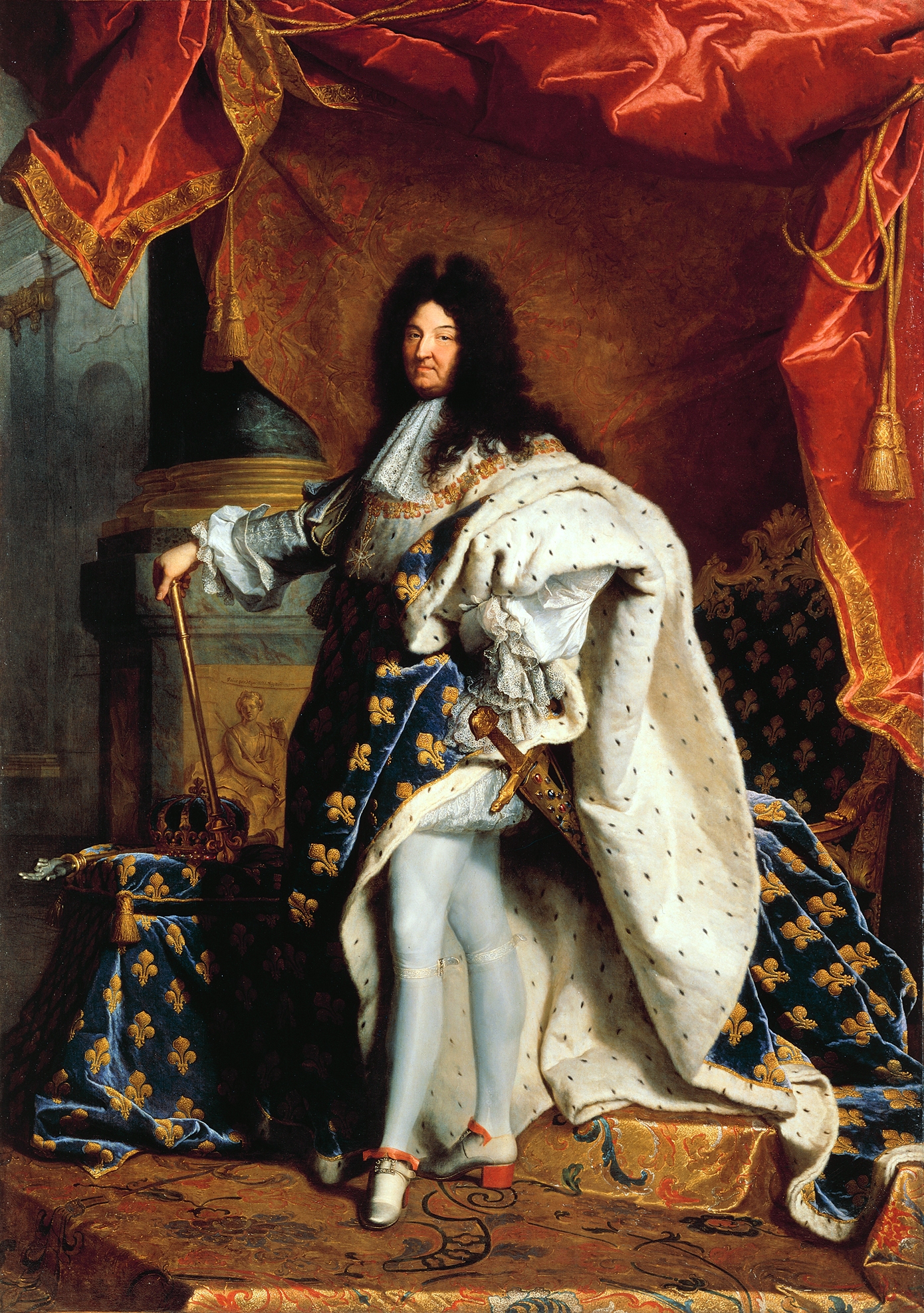Further delving into the intriguing world of history’s infamous world leaders, there are numerous quirks, oddities, and bizarre facts that may leave one reeling in disbelief. Here are some of the most unusual and intriguing revelations from the annals of history:
French King Louis XIV: Known as the “Sun King,” Louis XIV ruled France from 1643 to 1715, and his life was filled with exceedingly peculiar habits. One such habit, which he developed due to his crippling phobia of the dark, was to sleep with an overwhelming number of candles- up to 600 at a time- burning around his bed. This flamboyant display, however, came at a steep price. The excessive consumption of candles resulted in astronomical expenses, requiring him to melt down old candles and reuse them, leaving his unfortunate courtiers to deal with the fumes.
Russian Emperor Peter the Great: Peter, the brilliant and eccentric ruler of the Russian Empire, was a true renaissance man, with a plethora of interests and a fascination with dentistry. It was, in fact, remarkably usual for Peter to perform dental surgeries on unwilling patients, much to their dismay. His ardent interest led him to establish the first dentistry school in Russia, which his sons, later Czars, continued to uphold.
Tsar Nicholas II: The final czar of Russia, Nicholas II, was an enigmatic figure with a peculiar, if not fascinating, personal quirk. In the late 1800s, during his visit to Japan, Nicholas II got inked with a large dragon design that required an excruciatingly long seven hours to complete. This tattoo was embossed on his left forearm and was concealed beneath his long-sleeved shirts. Beneath this image lie thorny questions about whether this was an act of rebellion against the royal orthodoxy or a mere appendage of normalcy in the age of transformation.
King George V: King George V, the fifth monarch of the House of Windsor, took his association with the British Royal family to another level. Marking a departure from the Royal tradition of hiding tattoos, George V resolved the secret code of being a tattooed king by getting a sapphire blue dragon emblazoned on his left arm. This primeval notation wasn’t merely a mere fetish but served a deeper purpose- as an identifier for his being when disguised.
Catherine the Great: The erstwhile Empress of Russia, Catherine II- best known for her keen interest in eroticism and sexuality, had an exceptional collection of artwork and furniture that personified these expressions. She even coined a term “Geschmackskunst”- meaning the art of the senses. Her fetish, as evident from her collection, embraced perception, touch, and sight. She had a custom-built room called “Cabinet of Curiosities,” a chamber that held the showpiece of an ample amount of erotic art and furniture.
Conclusion:The history is littered with heady figures who followed their quirks, fascination, and obsessions. Some of these quirks ranged from peculiar to outright bizarre and displayed a tantalizing range of character peculiarities. These ludicrous behaviors often defined the lifelong history of the leaders, offering a unique array of trivia that continues to captivate readers across the generations.



